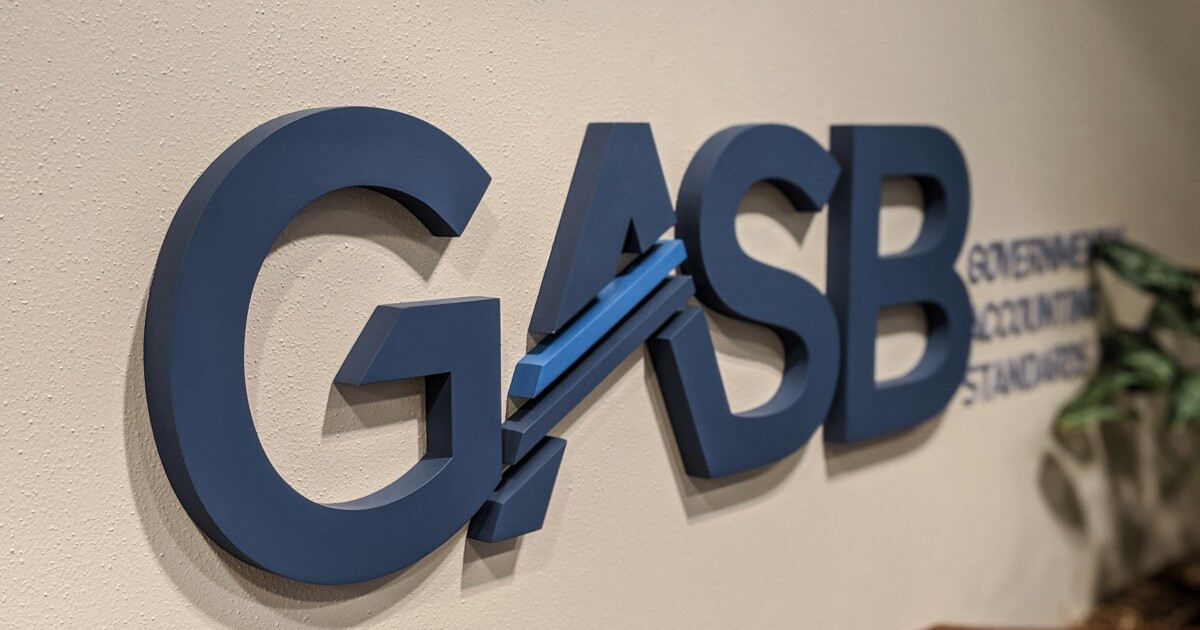While some weakness creeps in, mutual funds report more inflows led by HY
5 min read
Municipals were weaker Thursday, but outperformed U.S. Treasury market losses, as the final large deals of the week priced, including several housing issues. Equities ended down.
Municipal bond mutual fund inflows continued for the third consecutive week as LSEG Lipper reported investors put $295.5 million into the funds for the week ending Wednesday with high-yield hitting the 10th consecutive week of positive flows.
Triple-A yields rose three to five basis points across the curve Thursday while USTs saw losses of six to 10.
The two-year muni-to-Treasury ratio Thursday was at 59%, the three-year at 59%, the five-year at 57%, the 10-year at 57% and the 30-year at 82%, according to Refinitiv Municipal Market Data’s 3 p.m. EST read. ICE Data Services had the two-year at 60%, the three-year at 59%, the five-year at 58%, the 10-year at 59% and the 30-year at 82% at 3:30 p.m.
After a rough start to 2024, which was expected following the “voracious rally” in Q4, the market has “reached equilibrium,” said Greg Gizzi, Macquarie Asset Management’s head of U.S. fixed income and head of municipal bonds.
For the entirety of 2022 and most of 2023 any time there was a dip in the market or spike in rates, market participants wondered if this was the start of another outflow cycle, Gizzi said.
Now, he said, “the psychology that the market has shifted to where people are looking at volatility, not as a potential beginning of a new alpha cycle, but rather an opportunity to invest,” he said.
Inflows continued for the third consecutive week as LSEG Lipper report fund inflows of $295.5 million for the week ending Wednesday following inflows of $869.2 million the week prior.
High-yield funds saw the 10th consecutive week of inflows at $278.6 million following $435.9 million the week prior.
An ongoing challenge in the muni market is the supply/demand mismatch, said Jeff Timlin, a partner at Sage Advisory.
There’s been an uptick in supply to start the year, which has been “digested very well,” after 2022 and 2023 were subpar years for issuance, Gizzi said.
With 2024 being an election year, all fixed-income markets are seeing an acceleration of supply as issuers want to avoid potential turbulence in the fall, he said.
Supply has picked up in March, buoyed by this week’s estimated $9.1 billion new-issue calendar, which included
There is still a lot of cash sitting on the sidelines, waiting to be reinvested, according to Timlin.
Indeed, Gizzi said “demand is outstripping supply at this point and the front end of our market in particular from the historical perspective remains rich.”
There is an “extreme amount” of demand for every deal that comes to market, Timlin said.
This is “great” for the issuers and taxpayers because they are getting deals done at attractive levels, he noted. It is “not as good” for the industry in terms of picking up attractive paper or being able to source paper, he added.
Seasonals will become “less supportive in the coming months as the market transitions to net positive supply in the spring,” said Peter Hayes, BlackRock’s head of the Municipal Bonds Group, and Sean Carney, BlackRock’s head of Municipal Strategy.
March is usually one of the “worst-performing months of the year, typically pressured by a month-over-month swell in issuance,” they said.
Supply could be “further exacerbated” this year if issuers prove successful in their efforts to
It is cost-effective in 10 years and shorter on the curve for traditional municipal issuers to refinance BABs with tax-exempt debt, Gizzi noted.
Since 2023, there have been at least 16 issuers that have either called BABs, posted conditional call notices, or announced that they are considering financing plans in this regard, according to J.P. Morgan strategists.
The deals that have come so far are “significant” and depending on rates, there could be between $30 billion to $60 billion of BABs refinancing this year, Gizzi said.
In the primary market Thursday, J.P. Morgan priced for the Idaho Housing and Finance Association (Aa1//AA+/) $338.780 million of Transportation Expansion and Congestion Mitigation Fund sales tax revenue bonds, Series 2024A, with 5s of 8/2025 at 2.95%, 5s of 2029 at 2.54%, 5s of 2034 at 2.64%, 5s of 2029 at 3.10%, 5s of 2044 at 3.65% and 4s of 2049 at 4.27%, callable 8/15/2049.
J.P. Morgan priced for the New York State Housing Finance Agency (Aa2///) $283.625 million of sustainability affordable housing revenue bonds. The first tranche, $58.910 million of 2024 Series B-1, saw all bonds price at par: 3s of 11/2024, 3.3s of 5/2029, 3.3s of 11/2029, 3.7s of 5/2034, 3.7s of 11/2034, 3.95s of 11/2039, 4.35s of 11/2044, 4.55s of 11/2049, 4.55s of 11/2049, 4.6s of 11/2054, 4.7s of 11/2059 and 4.75s of 11/2063, callable 5/1/2032.
The second tranche, $224.715 million of 2024 Series B-2, saw all bonds price at par: 3/35s of 11/2063 with a mandatory tender of 5/1/2028, callable 6/1/2025, and 3.45s of 2063 with a mandatory tender of 11/12/2029, callable 6/1/2026.
Raymond James priced for the Louisiana Housing Corp. (Aaa///) $111 million of Home Ownership Program single-family mortgage revenue bonds. The first tranche, $100 million of non-AMT bonds, Series 2024A, saw all bonds price at par — 3.75s of 6/2034, 3.8s of 12/2034, 4s of 12/2039, 4.4s of 12/2044, 4.55s of 12/2049 and 4.65s of 12/2054 — except for 5.875s of 6/2055 at 3.88%, callable 6/1/2033.
The first tranche, $11 million of taxables, Series 2024B, saw all bonds price at par: 5.02s of 12/2025, 4.87s of 6/2029, 4.95s of 12/2029, 5.3s of 12/2033 and 5.9s of 6/2055, callable 6/1/2033.
BofA Securities priced for the California Municipal Finance Authority (/BBB+//) $100 million of AMT Republic Services Project solid waste disposal revenue bonds, Series 2024A, with 3.875s of 3/2054 with a mandatory tender date of 3/1/2034 price at par.
AAA scales
Refinitiv MMD’s scale was cut five basis points: The one-year was at 3.00% (+5) and 2.78% (+5) in two years. The five-year was at 2.45% (+5), the 10-year at 2.45% (+5) and the 30-year at 3.62% (+5) at 3 p.m.
The ICE AAA yield curve was cut three to five basis points: 3.00% (+3) in 2025 and 2.79% (+5) in 2026. The five-year was at 2.46% (+5), the 10-year was at 2.47% (+5) and the 30-year was at 3.55% (+4) at 3:30 p.m.
The S&P Global Market Intelligence municipal curve was cut five basis points: The one-year was at 2.99% (+5) in 2025 and 2.77% (+5) in 2026. The five-year was at 2.46% (+5), the 10-year was at 2.45% (+5) and the 30-year yield was at 3.59% (+5), according to a 3 p.m. read.
Bloomberg BVAL was cut one to four basis points: 2.94% (+3) in 2025 and 2.79% (+4) in 2026. The five-year at 2.42% (+4), the 10-year at 2.43% (+1) and the 30-year at 3.59% (+4) at 3:30 p.m.
Treasuries were weaker.
The two-year UST was yielding 4.689% (+6), the three-year was at 4.462% (+9), the five-year at 4.293% (+10), the 10-year at 4.295% (+10), the 20-year at 4.548% (+10) and the 30-year at 4.441% (+9) at 3:45 p.m.







